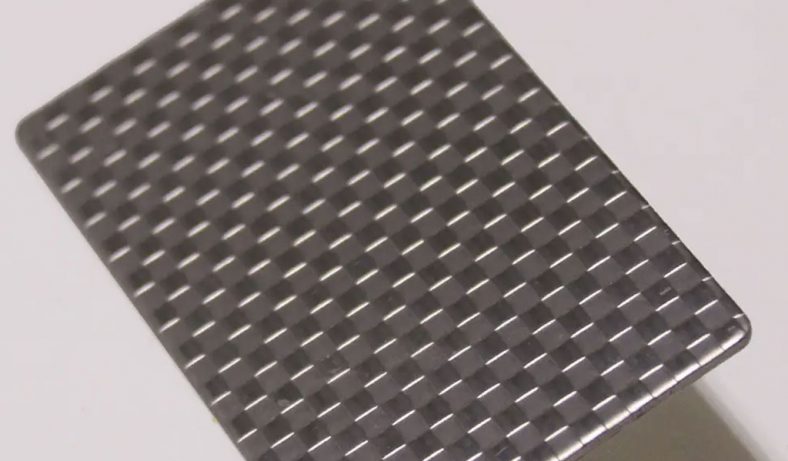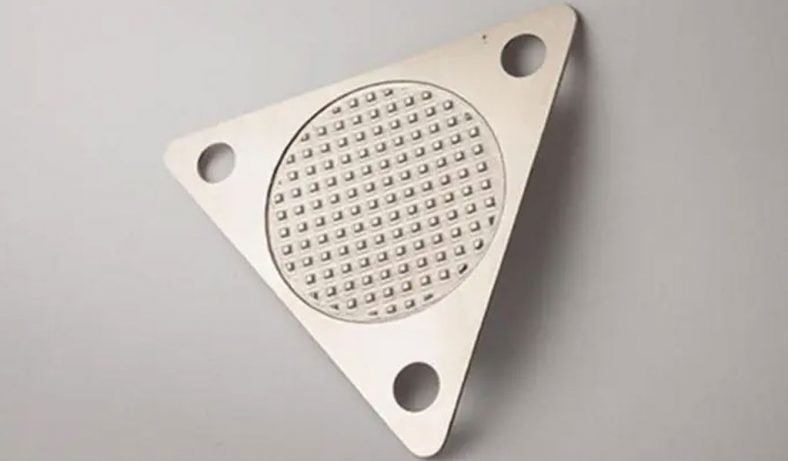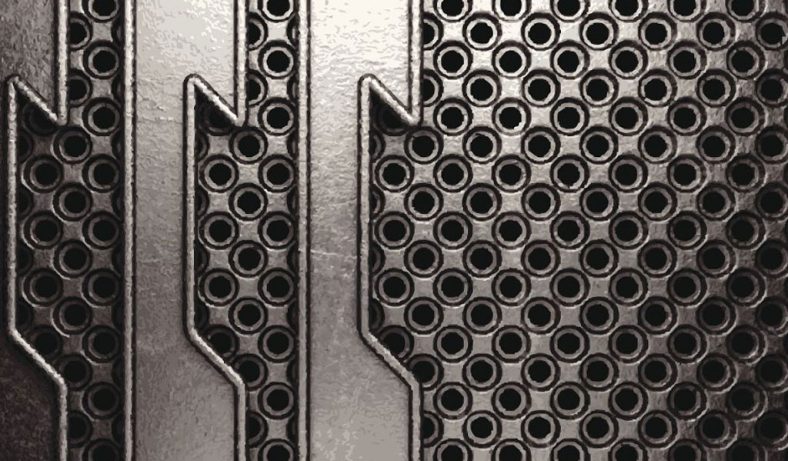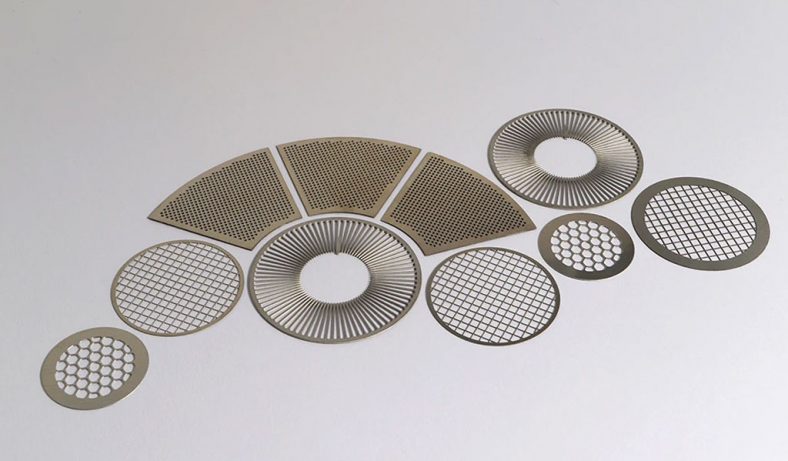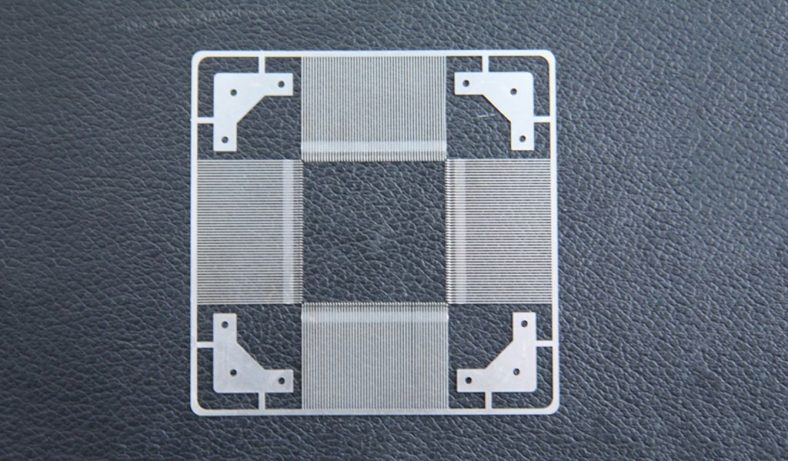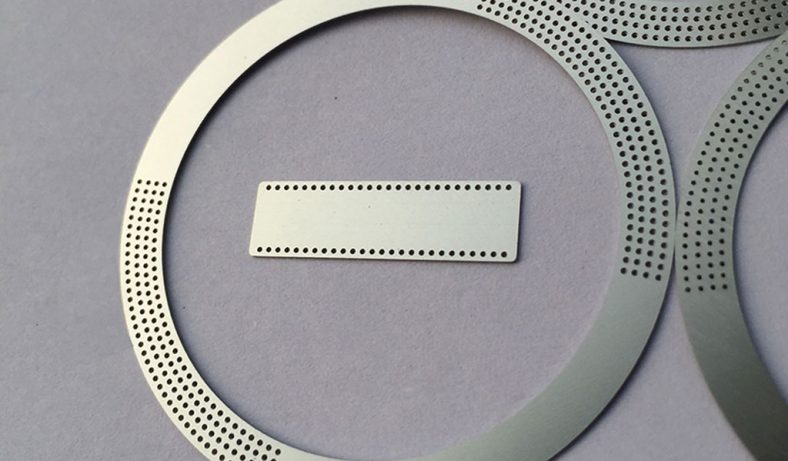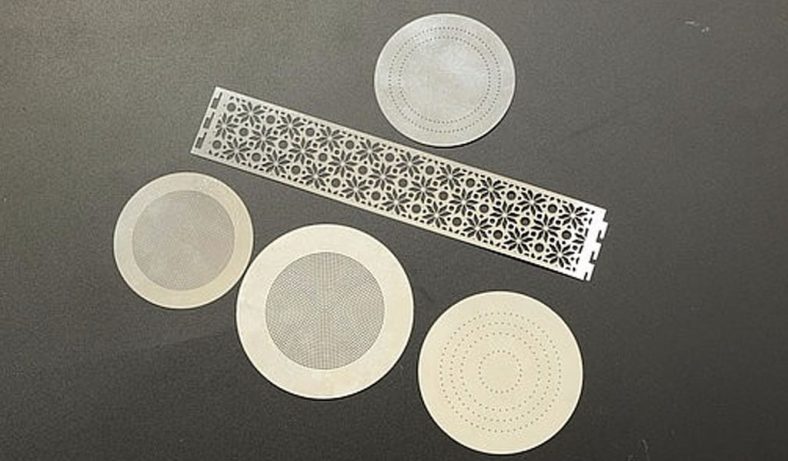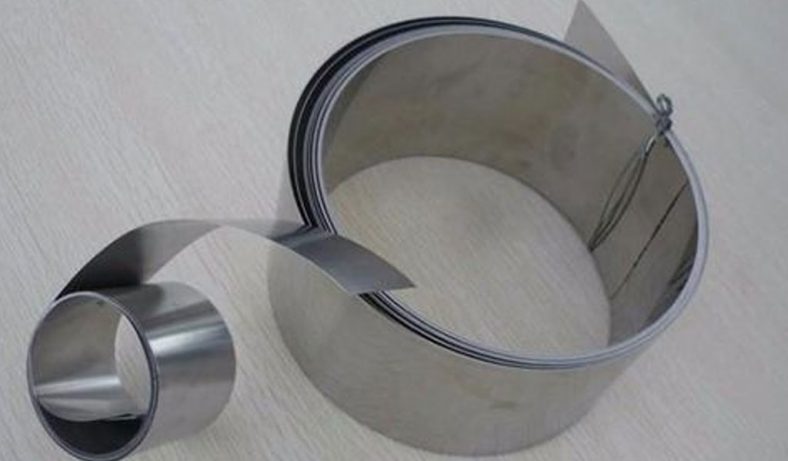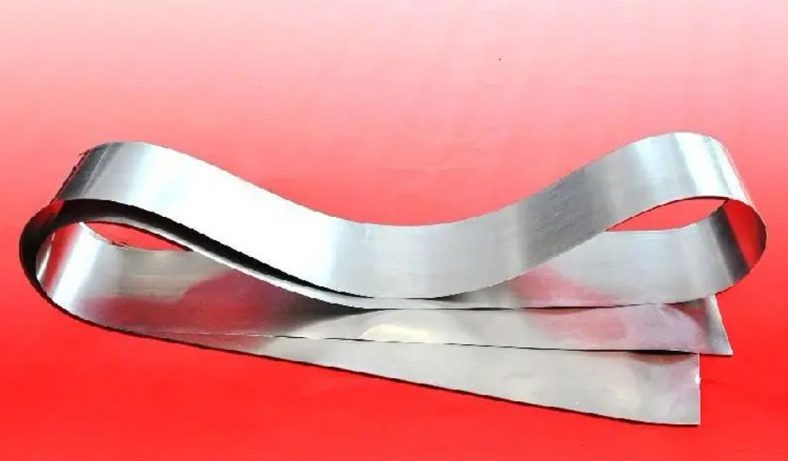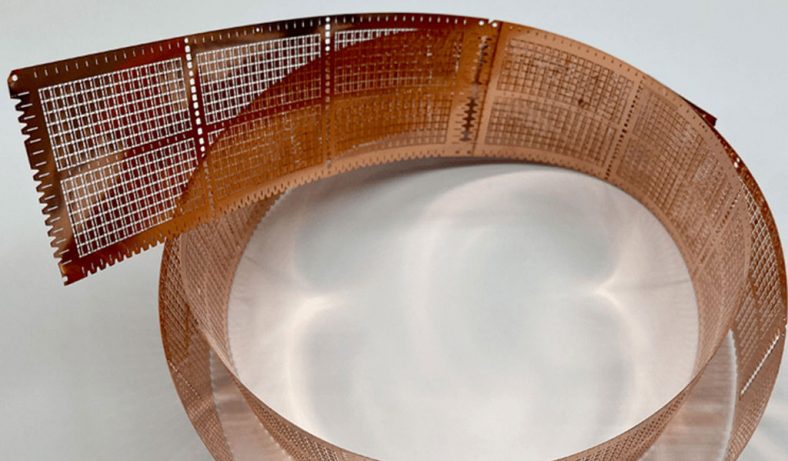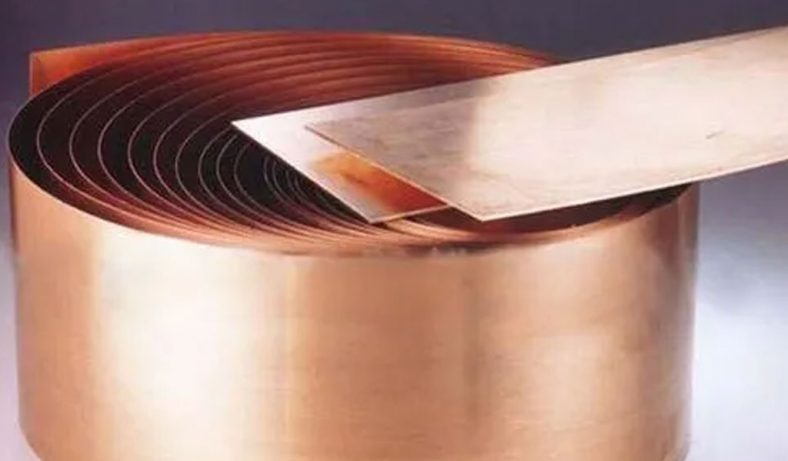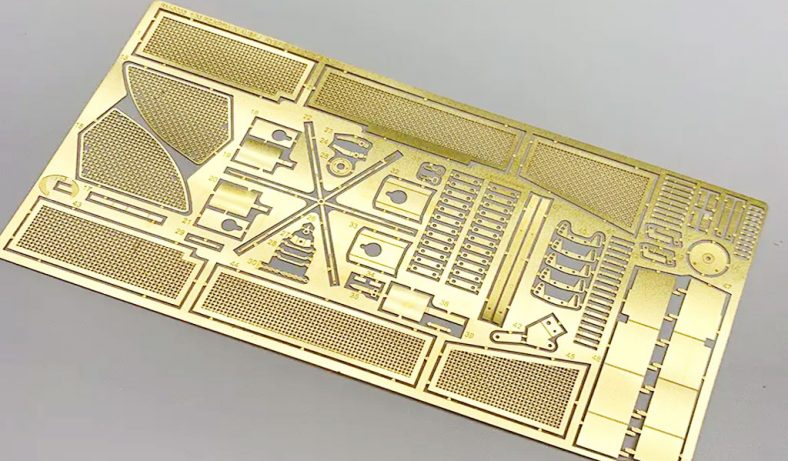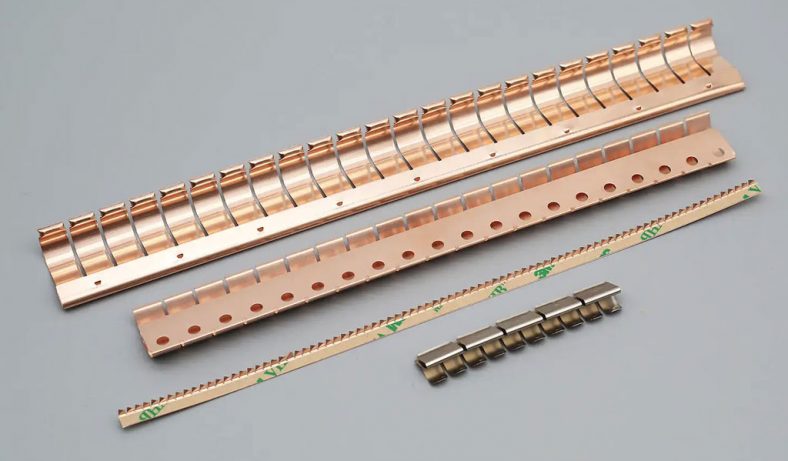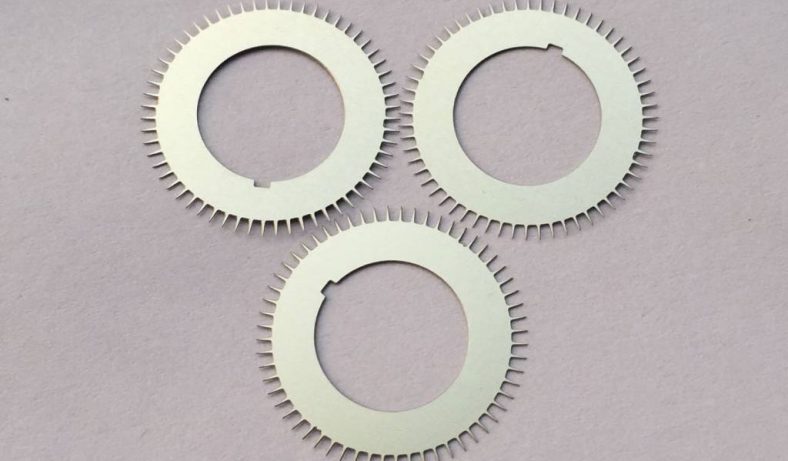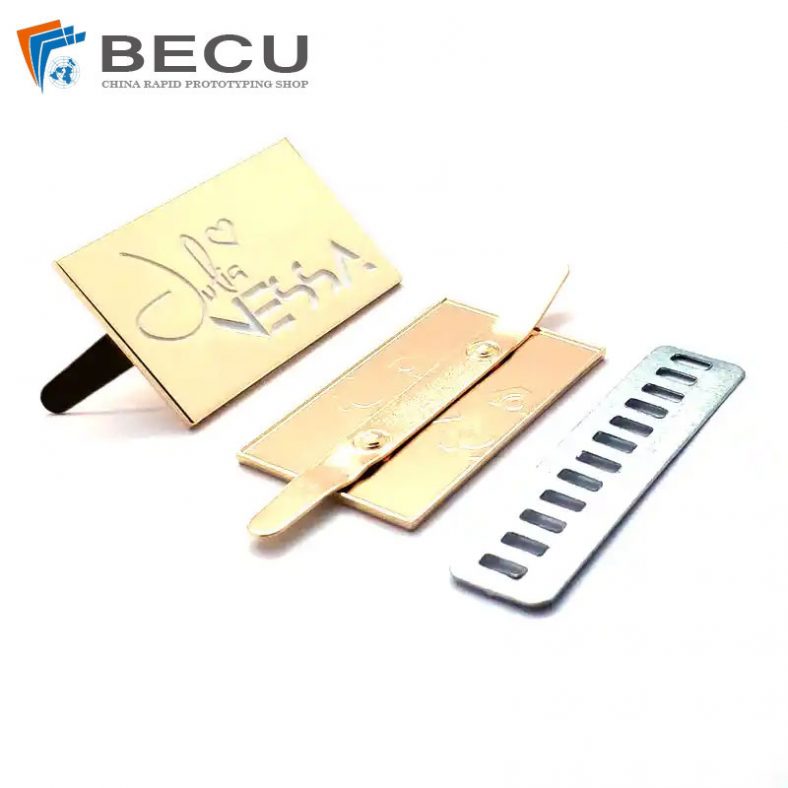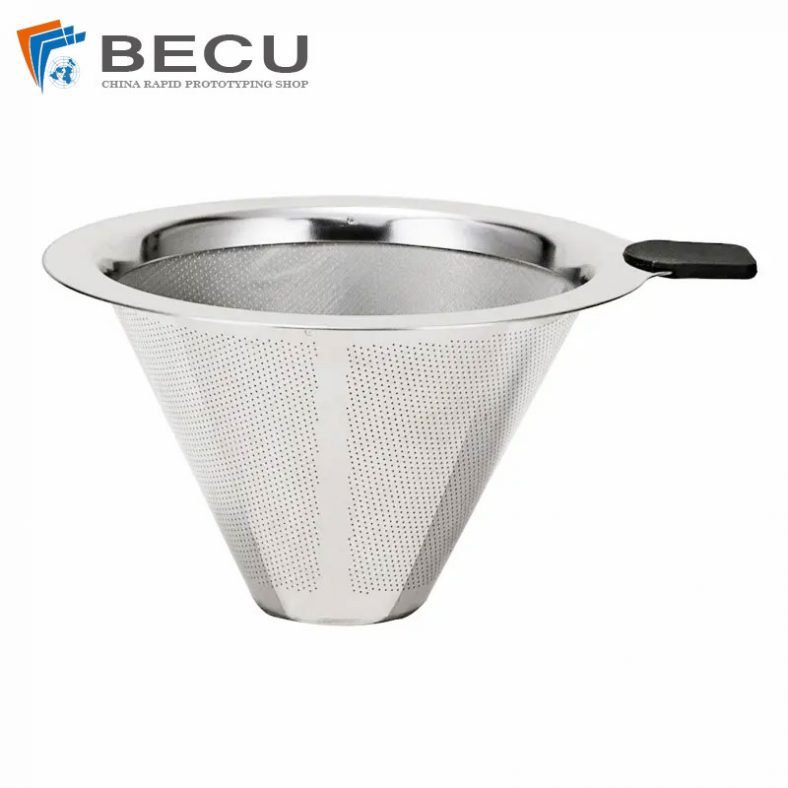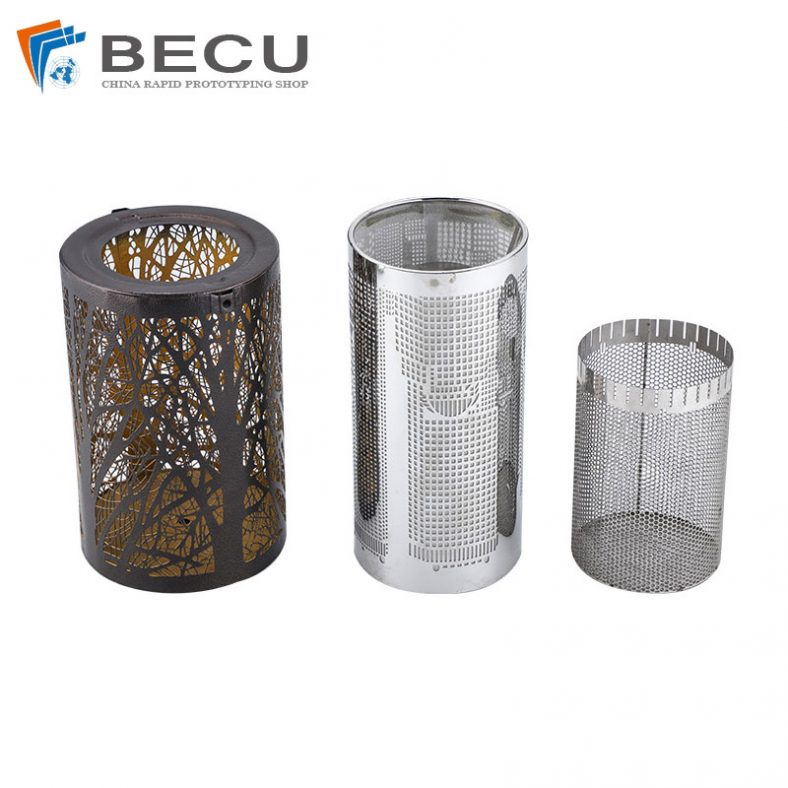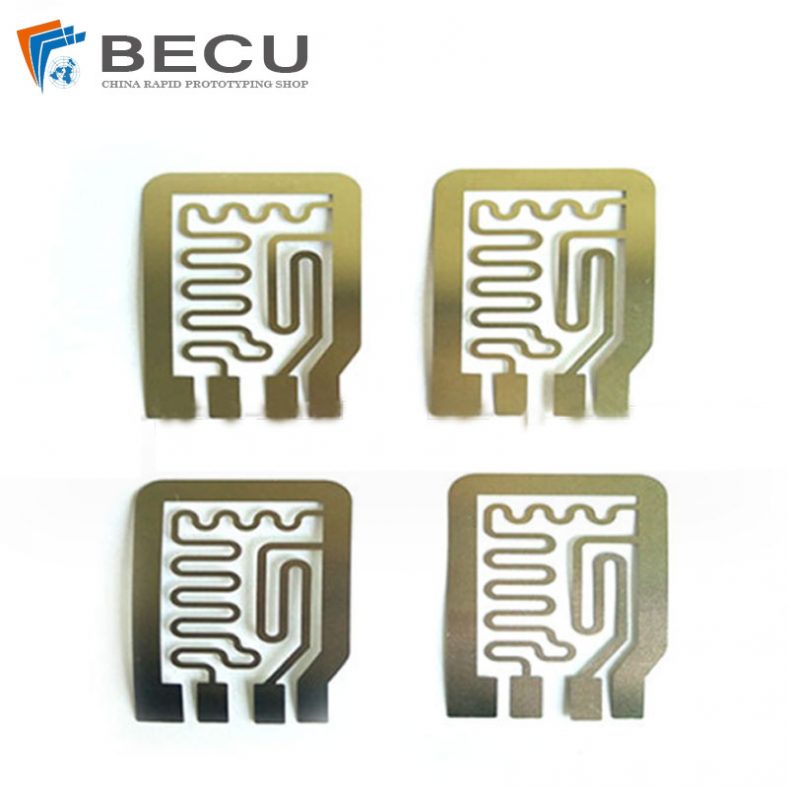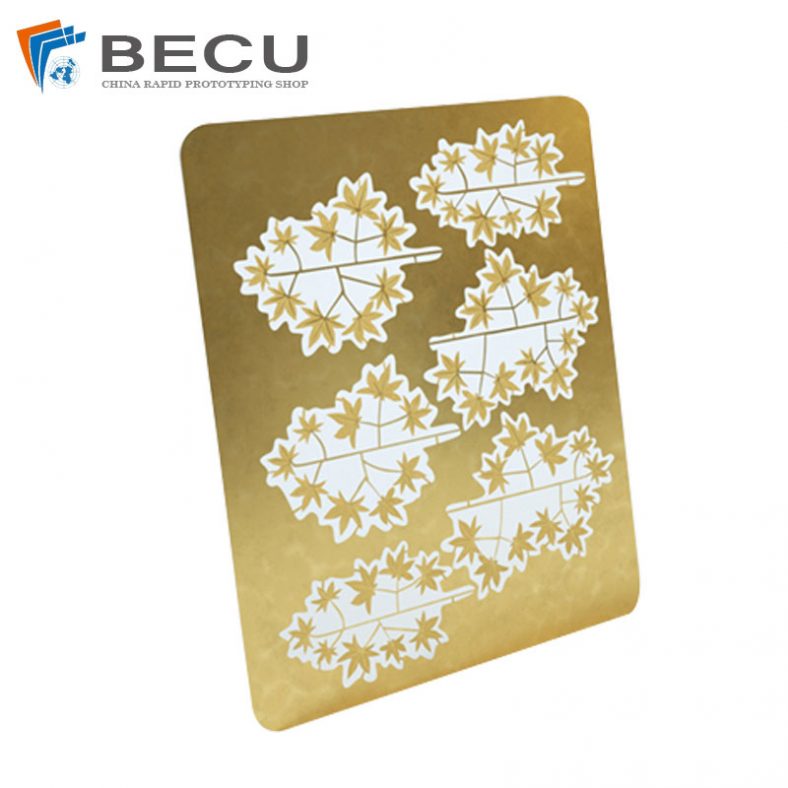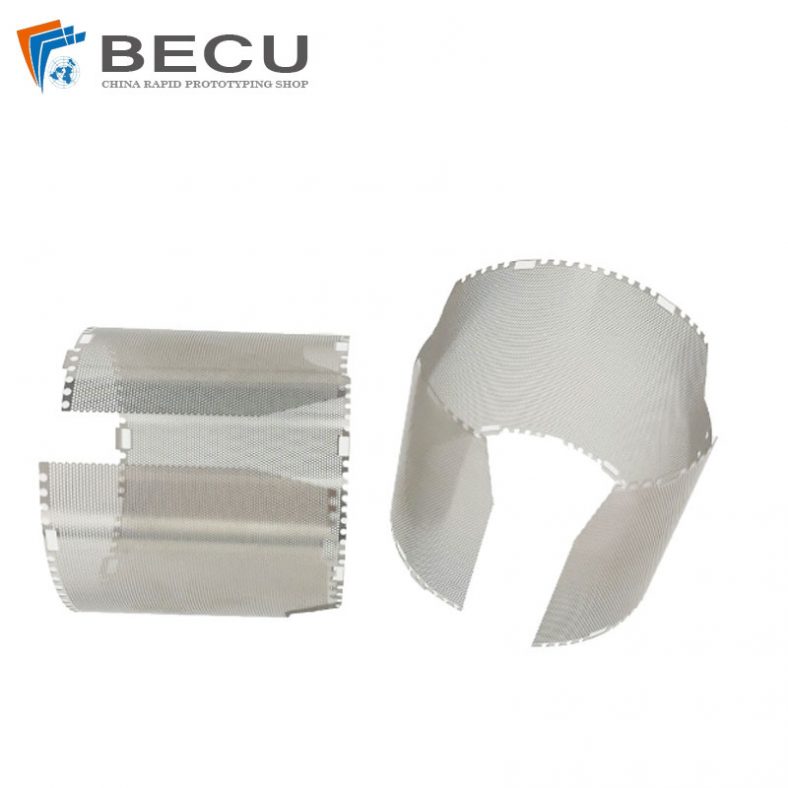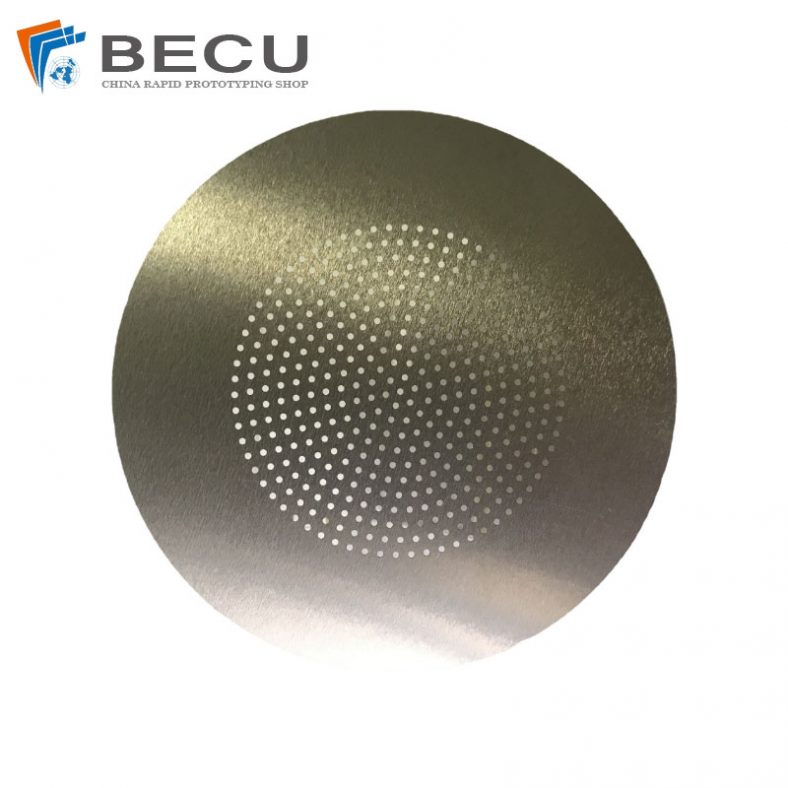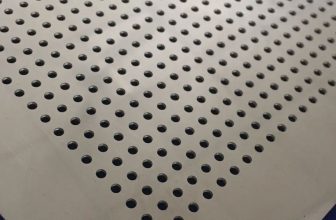Titanium alloys, renowned for their exceptional strength-to-weight ratio, corrosion resistance, and biocompatibility, are pivotal materials in industries such as aerospace, medical device manufacturing, and microelectronics. The fabrication of micro-devices from titanium alloys, particularly for applications like biomedical implants, microelectromechanical systems (MEMS), and micro-sensors, necessitates advanced manufacturing techniques capable of achieving high precision at the micro- and nanoscale. Among these techniques, dry etching, a plasma-based process, has emerged as a cornerstone for patterning titanium alloy surfaces due to its ability to produce intricate features with high anisotropy and minimal mechanical stress. However, the energy consumption associated with dry etching processes is a critical concern, as it impacts both the economic viability and environmental sustainability of micro-device fabrication.
Dry etching encompasses a variety of plasma-based techniques, including reactive ion etching (RIE), inductively coupled plasma (ICP) etching, and deep reactive ion etching (DRIE), each employing specific gas chemistries and plasma conditions to remove material selectively. The energy-intensive nature of these processes arises from the need to generate and sustain high-density plasmas, maintain precise process parameters, and manage thermal loads within the etching chamber. As the demand for titanium alloy micro-devices grows, understanding and optimizing the energy consumption of dry etching becomes imperative to align with global sustainability goals and reduce the carbon footprint of advanced manufacturing.
This article provides a comprehensive analysis of the energy consumption associated with dry etching in the preparation of titanium alloy micro-devices. It explores the fundamental principles of dry etching, the specific challenges posed by titanium alloys, and the factors influencing energy use. Through detailed comparisons of etching techniques, gas chemistries, and process parameters, the article aims to elucidate strategies for enhancing energy efficiency. Additionally, it incorporates case studies, statistical analyses, and recent advancements to provide a holistic view of the field. The discussion is grounded in a scientific tone, with an emphasis on empirical data and theoretical frameworks, and includes tabulated comparisons to facilitate a clear understanding of energy consumption patterns.
Fundamentals of Dry Etching
Principles of Plasma-Based Etching
Dry etching relies on the interaction of plasma-generated reactive species with a solid surface to remove material selectively. Plasma, a partially ionized gas containing ions, electrons, and neutral species, is generated by applying radio frequency (RF) or microwave energy to a low-pressure gas mixture. In the context of titanium alloy micro-device fabrication, dry etching involves the following key mechanisms:
- Physical Sputtering: High-energy ions bombard the substrate, dislodging surface atoms through momentum transfer.
- Chemical Etching: Reactive neutral species, such as radicals, form volatile compounds with the substrate material, which are then evacuated from the chamber.
- Ion-Enhanced Chemical Etching: A synergistic combination of physical and chemical etching, where ion bombardment enhances the reactivity of chemical species, leading to higher etch rates and improved anisotropy.
The primary dry etching techniques used for titanium alloys include:
- Reactive Ion Etching (RIE): Utilizes a capacitively coupled plasma (CCP) to generate reactive ions that etch the substrate. RIE is versatile but may have lower etch rates for hard-to-etch materials like titanium.
- Inductively Coupled Plasma (ICP) Etching: Employs a high-density plasma generated by an inductive coil, offering higher etch rates and better control over process parameters.
- Deep Reactive Ion Etching (DRIE): An advanced form of RIE that alternates etching and passivation cycles to achieve deep, high-aspect-ratio features, particularly useful for MEMS fabrication.
Challenges in Etching Titanium Alloys
Titanium alloys, such as Ti-6Al-4V (Grade 5 titanium), pose unique challenges for dry etching due to their material properties:
- High Chemical Stability: Titanium’s native oxide layer (TiO₂) is highly stable and resistant to many etchants, requiring aggressive plasma chemistries to break the oxide bonds.
- Low Volatility of Etch Byproducts: The reaction products of titanium etching, such as titanium tetrachloride (TiCl₄), have relatively low volatility, necessitating high ion energies to facilitate their removal.
- Thermal Sensitivity: Titanium alloys have low thermal conductivity, making them prone to localized heating during plasma exposure, which can affect etch uniformity and substrate integrity.
These challenges necessitate specialized plasma chemistries, typically involving halogen-based gases like chlorine (Cl₂), fluorine (SF₆), or boron trichloride (BCl₃), often combined with argon (Ar) or oxygen (O₂) to enhance etch performance. The choice of chemistry significantly influences energy consumption, as different gases require varying levels of RF power and plasma density to achieve optimal etching conditions.
Energy Consumption in Dry Etching Systems
The energy consumption of dry etching systems can be attributed to several components:
- Plasma Generation: The RF or microwave power required to ionize the gas and sustain the plasma is the primary energy sink. Typical RF power ranges from 100 W to 2000 W, depending on the etching technique and chamber design.
- Vacuum Systems: High-vacuum pumps, such as turbomolecular and cryogenic pumps, consume significant energy to maintain low-pressure conditions (typically 1–100 mTorr).
- Thermal Management: Cooling systems, including chillers and heat exchangers, are essential to dissipate heat generated by plasma and prevent overheating of the substrate and chamber components.
- Control Systems: Automated control units, sensors, and monitoring devices contribute to auxiliary energy use, ensuring precise regulation of process parameters like gas flow, pressure, and temperature.
The energy efficiency of a dry etching process is defined as the ratio of material removed (etch rate, typically in nm/min) to the total energy consumed (in kWh). Optimizing this ratio requires balancing etch performance with energy input, a task complicated by the complex interplay of process parameters.
Factors Influencing Energy Consumption
Plasma Chemistry and Gas Selection
The choice of etching gas significantly affects energy consumption. Common chemistries for titanium alloy etching include:
- Chlorine-Based Chemistries (Cl₂/Ar): Widely used due to the formation of volatile TiCl₄. However, chlorine plasmas require high RF power to dissociate Cl₂ molecules and sustain reactive species, increasing energy use.
- Fluorine-Based Chemistries (SF₆, CF₄): Fluorine-based gases produce faster etch rates due to the high reactivity of fluorine radicals, but they may require additional power to control anisotropy and prevent isotropic etching.
- Boron Trichloride-Based Chemistries (BCl₃/Ar): BCl₃ enhances etch selectivity by forming a passivation layer, but its complex dissociation pathways demand higher plasma densities, thus elevating energy consumption.
A comparative study of gas chemistries for TiO₂ thin films (a proxy for titanium alloy surfaces due to the native oxide layer) revealed the following energy consumption trends:
| Gas Chemistry | Etch Rate (nm/min) | RF Power (W) | Selectivity (TiO₂:SiO₂) | Energy Consumption (kWh/μm³) |
|---|---|---|---|---|
| Cl₂/Ar (16:4 sccm) | 80 | 500 | 0.5 | 0.012 |
| SF₆/CHF₃/O₂ (6:16:4 sccm) | 40 | 400 | 0.4 | 0.015 |
| CF₄/Ar/O₂ (16:4:3 sccm) | 179.4 | 600 | 0.6 | 0.010 |
| BCl₃/Ar/O₂ (4:16:3 sccm) | 100 | 550 | 1.07 | 0.013 |
Table 1: Comparison of energy consumption for different gas chemistries in etching TiO₂ thin films. Data adapted from and.
The CF₄/Ar/O₂ mixture achieves the highest etch rate but requires substantial RF power, resulting in moderate energy efficiency. In contrast, SF₆-based chemistries, while less power-intensive, yield lower etch rates, highlighting the trade-off between speed and energy use.
Process Parameters
Key process parameters influencing energy consumption include:
- RF Power: Higher RF power increases plasma density and etch rate but exponentially increases energy consumption. For example, doubling RF power from 300 W to 600 W may increase the etch rate by 50% but double the energy input.
- Chamber Pressure: Lower pressures enhance anisotropy but require more powerful vacuum pumps, increasing energy use. Typical pressures range from 5–50 mTorr.
- Gas Flow Rate: Higher flow rates improve etch uniformity but increase the energy required for gas delivery and plasma sustenance.
- Substrate Bias: Applying a DC bias to the substrate enhances ion bombardment, improving etch directionality but adding to the energy budget.
An experimental study on ICP etching of Ti-6Al-4V demonstrated that optimizing RF power and pressure could reduce energy consumption by 15% without compromising etch quality. The study recommended operating at 400 W RF power and 10 mTorr for balanced performance.
Equipment Design
The design of the etching system influences energy efficiency:
- Chamber Size: Larger chambers require more power to maintain uniform plasma distribution, increasing energy use.
- Plasma Source: ICP systems, with their high-density plasmas, are more energy-efficient for titanium alloys than CCP-based RIE systems due to faster etch rates.
- Cooling Efficiency: Advanced cooling systems with high thermal conductivity reduce the energy needed for temperature control.
Modern etching systems incorporate energy-saving features, such as pulsed plasma modes and adaptive power supplies, which adjust RF power dynamically based on real-time process feedback.
Energy Consumption in Titanium Alloy Micro-Device Fabrication
Application Context
Titanium alloy micro-devices, such as biomedical implants, MEMS actuators, and micro-sensors, require precise patterning to achieve functional geometries. Dry etching is preferred over wet etching for these applications due to its ability to produce high-aspect-ratio features and avoid chemical residues that could compromise biocompatibility. However, the energy demands of dry etching can be substantial, particularly for complex devices requiring multiple etching steps.
For example, the fabrication of a titanium-based microchannel heat exchanger involves etching fluid channels with depths of 50–200 μm. This process may require DRIE with Cl₂/BCl₃ chemistry, consuming approximately 0.02 kWh per cubic micrometer of material removed. Scaling this to a full device with thousands of channels highlights the need for energy optimization.
Case Studies
Case Study 1: ICP Etching of Ti-6Al-4V for Biomedical Implants
A 2023 study investigated the energy consumption of ICP etching for patterning Ti-6Al-4V substrates used in orthopedic implants. The process utilized a Cl₂/Ar plasma with the following parameters:
- RF Power: 500 W
- Chamber Pressure: 15 mTorr
- Gas Flow: Cl₂ (20 sccm), Ar (5 sccm)
- Etch Rate: 90 nm/min
- Total Energy Consumption: 0.014 kWh/μm³
The study found that reducing RF power to 400 W decreased the etch rate by 20% but lowered energy consumption by 25%, suggesting a viable trade-off for large-scale production. Additionally, incorporating a pulsed plasma mode further reduced energy use by 10% by minimizing continuous power delivery.
Case Study 2: DRIE for MEMS Fabrication
A 2024 experiment focused on DRIE for creating high-aspect-ratio features in Ti-6Al-4V MEMS actuators. The process alternated etching (Cl₂/BCl₃) and passivation (C₄F₈) cycles, with the following outcomes:
- Etch Rate: 120 nm/min
- RF Power: 800 W (etch), 200 W (passivation)
- Energy Consumption: 0.018 kWh/μm³
- Aspect Ratio: 10:1
The high RF power required for deep etching increased energy use, but optimizing the duty cycle (ratio of etch to passivation time) reduced total energy consumption by 12%. This case underscores the importance of process optimization for energy-intensive applications.
Comparative Analysis
The following table compares energy consumption across different dry etching techniques for titanium alloy micro-device fabrication:
| Etching Technique | Material | Chemistry | Etch Rate (nm/min) | RF Power (Wt | Energy Consumption (kWh/μm³) | Application |
|---|---|---|---|---|---|---|
| RIE | Ti-6Al-4V | Cl₂/Ar | 60 | 400 | 0.016 | Micro-sensors |
| ICP | Ti-6Al-4V | CF₄/Ar/O₂ | 180 | 600 | 0.011 | Biomedical implants |
| DRIE | Ti-6Al-4V | Cl₂/BCl₃/C₄F₈ | 120 | 800 | 0.018 | MEMS actuators |
| Nonhalogen Plasma | TiAlC | N₂/H₂ | 3 | 300 | 0.020 | Logic devices |
Table 2: Energy consumption comparison for dry etching techniques applied to titanium alloys. Data synthesized from,, and case studies.
ICP etching with CF₄/Ar/O₂ chemistry offers the highest etch rate and lowest energy consumption per unit volume, making it suitable for high-throughput applications. However, DRIE’s ability to achieve deep features justifies its higher energy use for MEMS fabrication. Nonhalogen plasmas, while environmentally friendly, are less efficient due to low etch rates.
Strategies for Energy Optimization
Process Parameter Optimization
Optimizing process parameters can significantly reduce energy consumption without sacrificing etch quality. Key strategies include:
- Reducing RF Power: Operating at the minimum RF power required to sustain plasma stability can lower energy use. For example, a study found that reducing RF power from 600 W to 450 W in ICP etching decreased energy consumption by 18% with only a 10% reduction in etch rate.
- Pulsed Plasma Modes: Pulsing the RF power (e.g., 50% duty cycle) minimizes continuous energy input, reducing consumption by 10–15% while maintaining etch uniformity.
- Low-Pressure Operation: Operating at lower pressures (5–10 mTorr) enhances anisotropy and reduces the need for high gas flow rates, saving energy in vacuum and gas delivery systems.
Advanced Equipment Design
Modern etching systems incorporate energy-efficient features:
- High-Efficiency Plasma Sources: ICP and electron cyclotron resonance (ECR) plasma sources achieve higher plasma densities at lower power compared to traditional CCP systems.
- Smart Power Supplies: Adaptive power supplies adjust RF power dynamically based on real-time feedback, optimizing energy use.
- Enhanced Cooling Systems: High-efficiency chillers with variable-speed compressors reduce energy consumption in thermal management.
Alternative Chemistries
Exploring nonhalogen chemistries, such as N₂/H₂ plasmas, can reduce environmental impact and energy use. A 2024 study on TiAlC etching demonstrated that N₂/H₂ plasmas, while slower (3 nm/min), consumed less power (300 W) than Cl₂-based plasmas, offering a sustainable alternative for specific applications.
Machine Learning and Real-Time Monitoring
Machine learning (ML) algorithms can predict optimal process parameters to minimize energy consumption. A 2025 study applied random forest models to predict energy characteristics in titanium alloy etching, achieving a 96.3% accuracy in identifying energy-efficient conditions. Real-time monitoring systems, equipped with energy analyzers, enable dynamic adjustments to RF power and gas flow, further enhancing efficiency.
Environmental and Economic Implications
Environmental Impact
The energy-intensive nature of dry etching contributes to the carbon footprint of micro-device fabrication. Assuming an average energy consumption of 0.015 kWh/μm³ and a carbon intensity of 0.5 kg CO₂/kWh, etching 1 cm³ of titanium alloy generates approximately 750 kg of CO₂ emissions. This underscores the need for energy-efficient processes to align with global sustainability targets, such as the Paris Agreement’s goal of net-zero emissions by 2050.
Cryogenic cooling, using liquid nitrogen (LN₂), has been proposed as an environmentally friendly alternative to traditional cooling methods. A life cycle assessment (LCA) of cryogenic etching found that LN₂-based systems reduced total environmental impact by 94–99% compared to flood coolant systems.
Economic Considerations
Energy costs constitute a significant portion of the operating expenses in dry etching. For a high-throughput facility processing 1000 cm³ of titanium alloy annually, energy costs at $0.10/kWh could exceed $1.5 million. Optimizing energy consumption can yield substantial savings, particularly for small and medium-sized enterprises (SMEs) in the micro-device sector.
Moreover, energy-efficient processes enhance competitiveness by reducing production costs and enabling compliance with stringent environmental regulations. Investments in advanced equipment and ML-based optimization systems, while initially costly, offer long-term economic benefits through reduced energy bills and improved process reliability.
Recent Advancements and Future Directions
Innovations in Plasma Technology
Recent advancements in plasma technology have focused on improving energy efficiency:
- Pulsed Plasma Systems: Pulsed ICP and DRIE systems reduce average power consumption by cycling the plasma on and off, achieving energy savings of 15–20% compared to continuous-wave systems.
- Microwave Plasma Sources: Microwave-driven plasmas operate at lower power levels than RF plasmas, offering potential energy savings for titanium alloy etching.
- Hybrid Etching Techniques: Combining dry etching with laser-assisted or electrochemical methods can reduce plasma energy requirements while maintaining precision.
Sustainable Chemistries
The development of nonhalogen and low-toxicity chemistries, such as N₂/H₂ and O₂-based plasmas, is gaining traction. These chemistries reduce the environmental hazards associated with halogen gases and lower the energy needed for plasma dissociation. For example, a 2024 study demonstrated that N₂/H₂ plasmas achieved atomically smooth surfaces in TiAlC etching with minimal energy input.
Integration with Industry 4.0
The integration of dry etching with Industry 4.0 technologies, such as the Internet of Things (IoT) and big data analytics, enables real-time energy management. IoT-enabled sensors monitor energy consumption across etching systems, feeding data into ML models that optimize process parameters dynamically. A 2025 pilot project reported a 22% reduction in energy use by implementing IoT-based monitoring in a titanium alloy etching facility.
Future Research Directions
Future research should focus on:
- Energy-Efficient Plasma Sources: Developing novel plasma sources, such as atmospheric-pressure plasmas, to reduce vacuum-related energy consumption.
- Circular Manufacturing: Exploring recycling strategies for etch byproducts, such as TiCl₄, to minimize waste and energy use.
- Cross-Disciplinary Approaches: Combining dry etching with additive manufacturing techniques, like 3D-printed titanium scaffolds, to streamline fabrication and reduce energy-intensive steps.
Conclusion
Dry etching is a critical process in the fabrication of titanium alloy micro-devices, offering unparalleled precision for applications in biomedical, aerospace, and microelectronics industries. However, its energy-intensive nature poses challenges for economic and environmental sustainability. This article has provided a detailed analysis of the energy consumption associated with dry etching, highlighting the roles of plasma chemistry, process parameters, and equipment design. Through case studies, comparative tables, and discussions of recent advancements, it has demonstrated that significant energy savings are achievable through optimization strategies, advanced technologies, and sustainable chemistries.
As the demand for titanium alloy micro-devices continues to grow, the adoption of energy-efficient etching processes will be essential to meet global sustainability goals and maintain economic viability. By leveraging innovations in plasma technology, machine learning, and Industry 4.0 integration, manufacturers can reduce the energy footprint of dry etching while preserving the high-quality standards required for micro-device applications. Continued research and collaboration across academia, industry, and policymakers will be crucial to advancing the field and ensuring that titanium alloy micro-device fabrication aligns with the principles of sustainable manufacturing.

